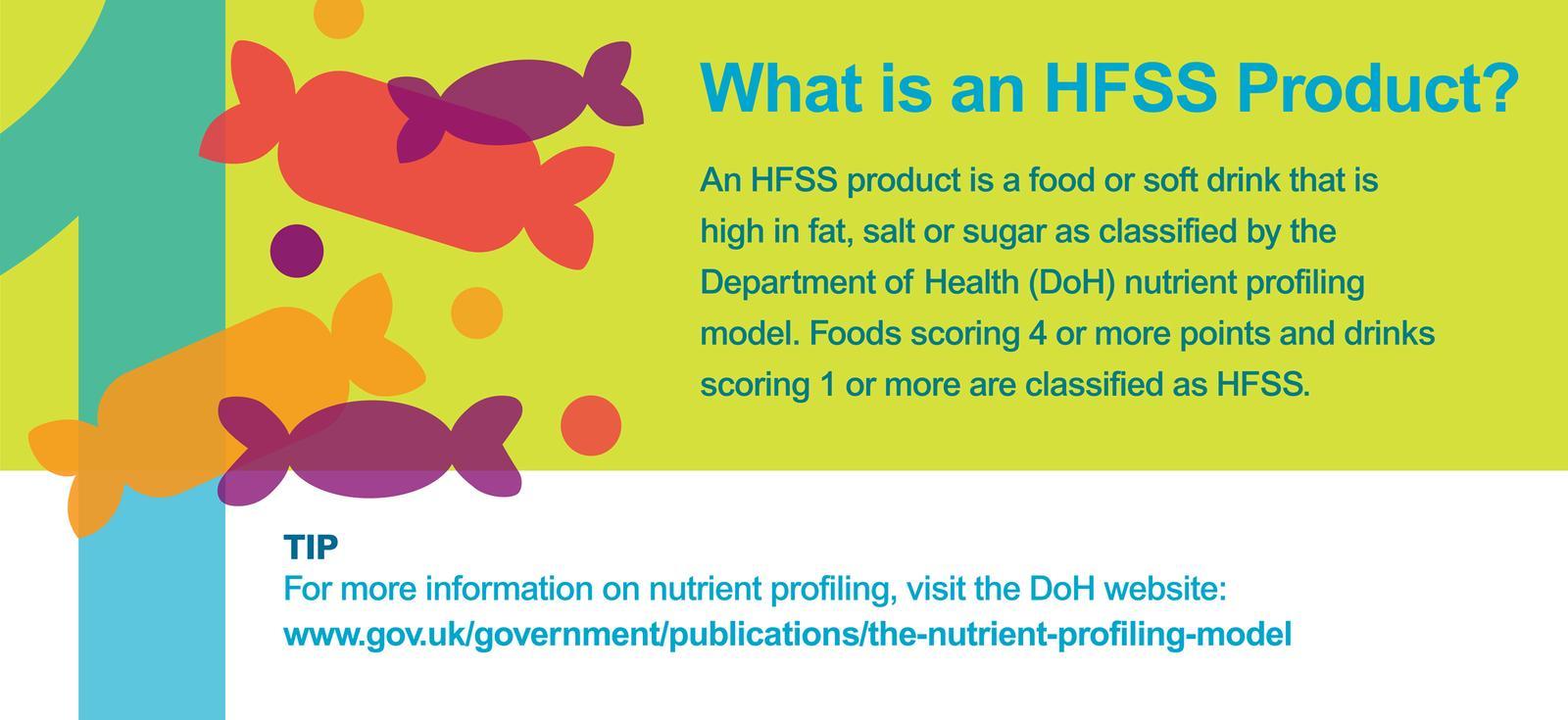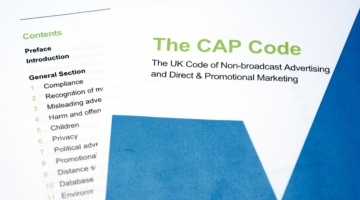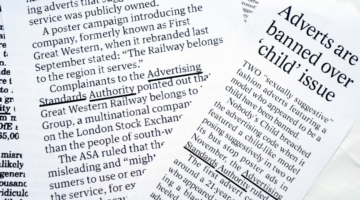Climate change
Though the ASA has regulated environmental claims for many years, we issued a formal statement in September 2021 describing the launch of a dedicated project to shine a brighter regulatory spotlight on ads that touch on the environment. In addition to continuing to investigate ads, we committed to delivering three major outputs:
- Advertising Guidance to help the industry ensure that their ads don’t mislead consumers or contain socially irresponsible messages about environmental issues;
- A series of reviews into the issues identified as priority areas by the Climate Change Committee for carbon reduction and consumer behaviour change. These involve us using a range of techniques including technology-assisted monitoring to inspect prevalent claims being made in ads for heating/energy and transport in the first reviews, and then move onto waste (looking at claims such as “biodegradable”) and meat and dairy and plant-based substitutes at a later date;
- Commission research into consumer understanding of ‘carbon neutral’ and ‘net zero’ claims, as well as claims about ‘hybrid’ products in the electric vehicle market.
You can find out much more about our work in this area from the rules and recent rulings, to guidance for industry on our dedicated climate change page





